Speedball, drug terminology, is a slang term for the mixture of cocaine and heroin. Typically, both drugs are consumed simultaneously via injection, but they can also be snorted. People who “speedball” report that the high from doing both drugs at the same time is more intense than doing either alone.
Cocaine is a powerful stimulant that affects the central nervous system, while heroin is an opioid that has depressant effects. When combined and injected, the two complement each other: the cocaine provides a rush or intense feeling of euphoria, while the heroin brings a calming effect, reducing any possible anxiety.
Here are some fast facts about cocaine and heroin (speedball drugs) use in the United States:
-
- According to data from the National Household Survey on Drug Abuse, roughly 27,788,000 U.S. residents aged 12 and older have used cocaine
- Among people aged 12 or older in 2021, 0.4% (or about 1.1 million people) reported using heroin in the past 12 months
- In 2017, 72.7% of cocaine-involved overdose fatalities also involved heroin or other opioids
Get confidential help from our addiction treatment specialists in Orange County. Call to join our rehab program today!
Call 866-881-1184Why Is the Drug Speed Dangerous?
Speedballing is risky because it’s dangerous to mix stimulants with depressants. The reason it’s dangerous is because stimulants and depressants work at cross purposes, sending mixed signals to your body when it comes to how fast it should work. Mixing cocaine and heroin has many negative side effects, including risk of overdose.
The stimulating effects of stimulants like cocaine can also mask the sedative effects of depressants like heroin, and vice versa. This may lead a person to believe they are less impaired than they are, which can result in taking more of one or both substances. This can raise your risk of fatal overdose.
Speedballing is extremely dangerous and potentially lethal. If you suspect someone is engaging in this behavior, it’s crucial to seek professional medical help immediately, as they may need urgent medical attention.
What Are the Signs and Symptoms Someone Is Speedballing?
A speedball is made up of heroin and cocaine. Depending on the ratio of these two drugs, the effects and side effects can vary. Overdose deaths due to speedballing are very common. There are plenty of other negative side effects as well.
Combining these drugs can lead to a complex and unpredictable set of symptoms which may include:
- Conflicting Physical Signs: The stimulant effects of cocaine may partially mask the depressant effects of heroin and vice versa, leading to difficulty in recognizing an overdose.
- Unpredictable Behavior: The combination can lead to severe mood swings, irrational or violent behavior.
- Compromised Judgment and Coordination: Severe confusion, disorientation, impaired judgment, and lack of motor control.
- Increased Risk of Overdose: Since the effects of one drug can mask the effects of the other, users may take more of either or both drugs than they intend, leading to an accidental overdose.
- Severe Impact on Physical Health: The combination puts enormous stress on the heart and respiratory system and can lead to heart failure, stroke, or respiratory failure.
Cocaine is a powerful stimulant that can cause:
- Increased Alertness and Energy: Hyperactivity, talkativeness.
- Elevated Mood: Euphoria.
- Physical Signs: Increased heart rate, high blood pressure, dilated pupils, increased body temperature.
- Anxiety and Paranoia: Irritability, restlessness, panic attacks.
- Appetite Suppression: Lack of interest in food.
- Nasal Issues: If snorted, chronic nosebleeds, loss of smell.
- Sleep Disorders: Insomnia.
The long-term effects of cocaine abuse include:
- Cardiovascular issues
- Respiratory problems
- Neurological effects including seizures, stroke, or headaches.
Heroin, an opioid, is a depressant, and its symptoms often include:
- Drowsiness and Lethargy: Extreme fatigue, “nodding off.”
- Euphoria: Initial rush of pleasure followed by a contented feeling.
- Respiratory Depression: Slowed or shallow breathing.
- Nausea and Vomiting: Often accompanied by constipation.
- Constricted Pupils: Pinpoint pupils.
- Skin Flushing and Itching.
- Disorientation or Confusion.
The long-term effects of heroin abuse include:
- Abscesses or infections at injection sites
- Chronic constipation
- Liver or kidney disease
- Mental health issues
Looking for quality substance abuse treatment that’s also affordable? South Coast accepts most major insurance providers. Get a free insurance benefits check now.
Check Your CoverageTreating Polysubstance Abuse
Treating polysubstance abuse requires a multifaceted approach, due to the complexity of managing multiple addictions. The process often starts with a thorough assessment to identify the substances and any underlying mental health issues, followed by medically supervised detox to manage withdrawal symptoms.
Behavioral therapies like Cognitive-Behavioral Therapy (CBT), medication-assisted treatment, family therapy, and long-term support strategies like aftercare planning and support groups are typically employed. Co-occurring mental health disorders must also be addressed, and a personalized treatment plan should be designed to meet the individual’s specific needs.
Addiction Treatment at South Coast Behavioral Health
For those struggling with polysubstance abuse, South Coast Behavioral Health is here to help.
The first step before treatment can begin is going through a medical detox. Our medical detox program in California is staffed by caring and compassionate professionals who can provide you with medications to manage your withdrawal symptoms.
At South Coast, we take pride in offering care that is closely tailored to specific issues. To that end, we offer gender-specific detox programs, with medical detox for men in Irvine, CA, and medical detox for women in Huntington Beach, CA.
After detoxing, proper treatment can begin.
Treatment for substance abuse takes place along an entire spectrum of care. Along that entire spectrum are various behavioral therapies, support groups, and the use of medically-assisted treatment (MAT).
These levels of treatment are, in order, as follows:
Residential Treatment in California
After successfully completing medical detox, you’ll move to inpatient treatment in Orange County California. There, you’ll receive medication-assisted treatment (MAT) and dual diagnosis treatment to deal with any cravings or co-occurring mental health issues you may be battling. We also offer residential treatment facilities in Costa Mesa, Irvine, and Huntington Beach for those who desire gender-specific treatment. There, patients get round-the-clock medical attention and monitoring while living at the institution full-time. Individual therapy and group therapy can be valuable during this period of recovery.
In addition to individual and group counseling and medication management, you’ll also have access to leisure activities and family support services.
Partial Hospitalization in California
Most clients start substance abuse treatment with South Coast in our residential treatment program. After completing that, many desire something that still provides structure and support, but with extra space and time to oneself. For that, we offer Partial Hospitalization in Newport Beach.
A step down from inpatient care but with more structure than conventional outpatient programs, partial hospitalization offers a good balance for those looking to ease back into normal life. Clients can receive care five to seven days a week for a number of hours each day, returning back to their homes in the evening.
This way, they can recover without putting their daily lives completely on hold, receiving intense therapeutic interventions like group and individual therapy, skill development, family therapy, and medication management as necessary. This is the best way to prevent fatal overdose and end an addiction to mixing cocaine and heroin.
Intensive Outpatient Treatment in California
For those leaving inpatient residential treatment or partial hospitalization, intensive outpatient programs (IOP) are yet another gradual step forward on the road to recovery.
With a focus on group therapy, individual counseling, and education, clients undergoing Intensive Outpatient Treatment in Newport Beach can meet three to five days a week. Each session lasts three hours.
This level of care requires the least amount of attendance at a facility.
Get Started Today
Drug abuse treatment is the best way to overcome addiction to heroin and cocaine. That includes crack cocaine. If you or a loved one are struggling with substance addiction but wonder how long addiction counseling takes or have other questions, call us at 866-881-1184. Our highly qualified addiction recovery staff will be happy to help give you an idea of what to expect from your addiction recovery timeline, help verify your insurance, and assist with any other questions you may have. Remember, treatment saves lives. Drug and alcohol rehab starts here.










